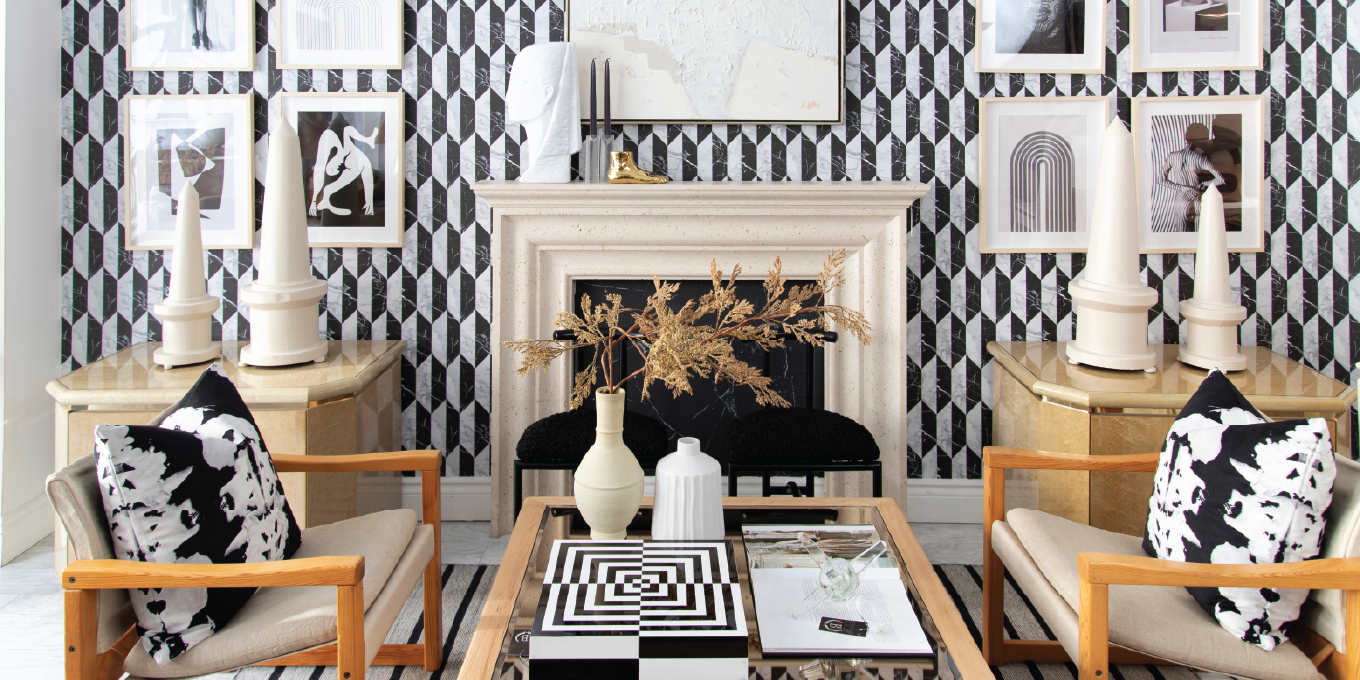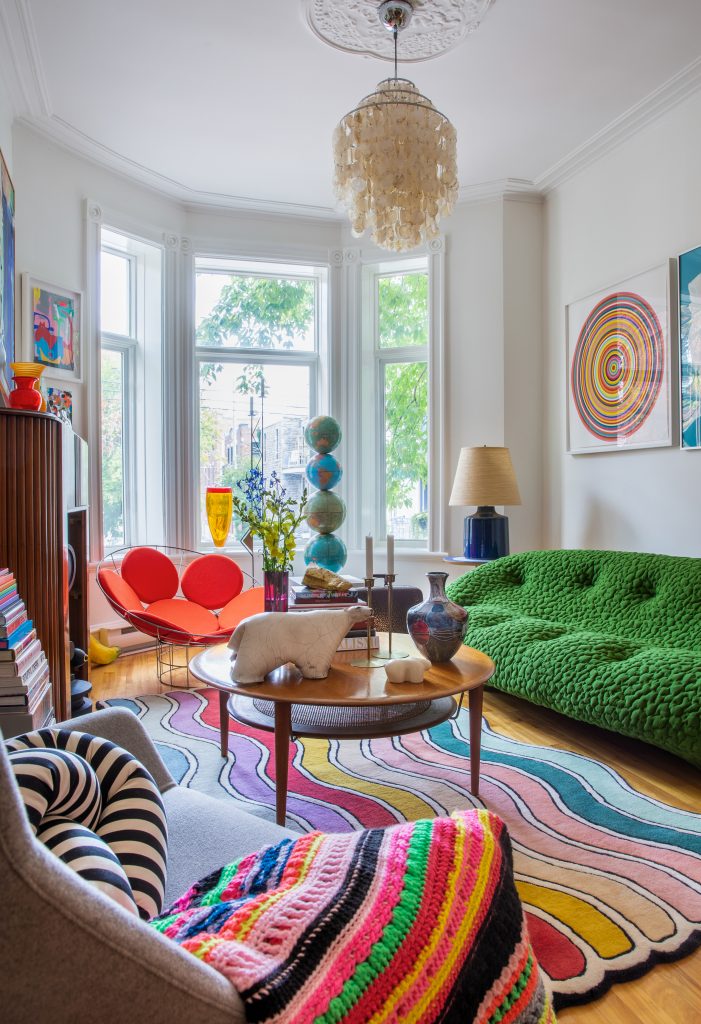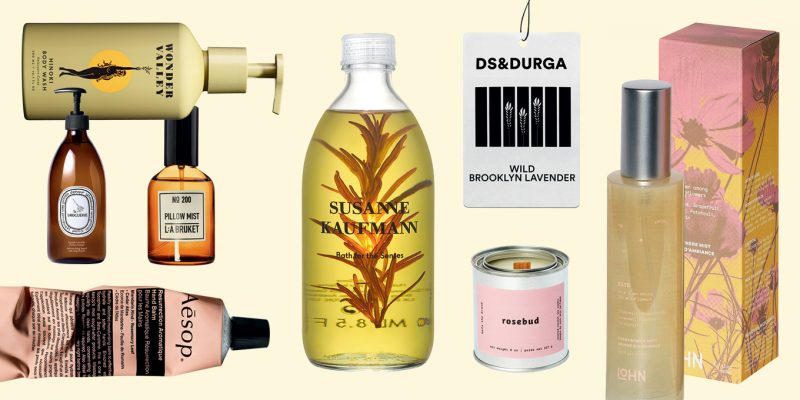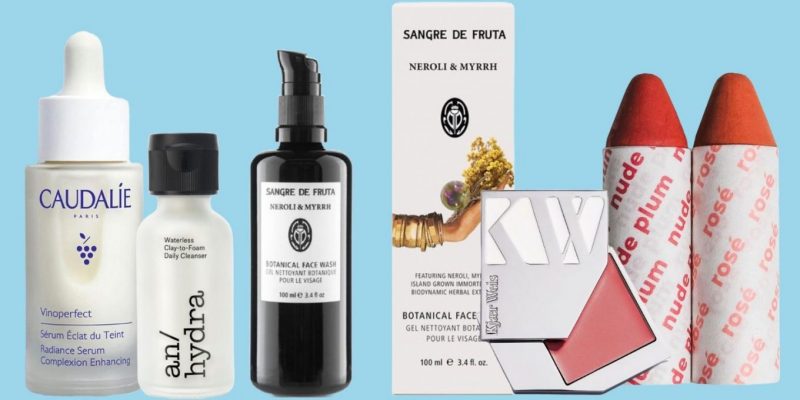Decor
More Is More: Maximalism Home Design Is Back
And it definitely sparks joy.
by : Randi Bergman- Mar 3rd, 2022

Interior design by Bettencourt Manor (Eric Forget)
I can’t pinpoint the exact moment I became a maximalist, but I think it had something to do with frequent childhood visits to the eclectic home of my parents’ close friends—two artists whose expressionist paintings and modernist collages burst forth from the walls with exhilarating colours and fascinating compositions. The art matched the treasure trove of bizarro novelties that dotted their house, from a golden Elvis bust that sat beside a bubble-gum-pink sink in the powder room to a floor-to-ceiling collection of vintage royalty and tobacco tins that lined the kitchen wall to a talking Pee- wee Herman pull-cord doll that lived by the patio. These tchotchkes, no matter how ephemeral, were indications of the couple’s personal style, and it was with that approach that I built my own style over the years, with cowboy hats in my closet and bright, clashing artworks on my walls. Suffice to say, the dominance of minimalism over the past decade wasn’t my thing. Monochromatic greige interiors and countertops so stripped of their basic function that nary a toothbrush could be found on them would never be me. After I spent a day de-cluttering my apartment with particular zeal, a friend surveyed my work and proclaimed, “Well, you’ll never be a minimalist.” And I’m not alone in this aversion to containing myself.
Over the course of the pandemic, Marie Kondo’s once wildly popular approach to streamlined living—whittling down your belongings into a tightly curated selection and then neatly hiding them away from prying eyes—has lost its lustre. “Minimalism can be completely magical and poetic, but for some it felt a little barren when our homes became our entire world,” says interior designer Colette van den Thillart. There was even a backlash against Kondo’s own tidying product line. But to me, the shift has been more about the individual eccentricities we developed over the past year forming into a collective desire for the weird and wild. Just as the runways heated up with oversized silhouettes and all-out glamour, our homes took a page from the disco-era anthem “More More More.” “Maximalist rooms are a lifestyle, and they give back in so many ways because everywhere you look, there’s something that’s either going to entertain you, make you smile or spark a memory,” says van den Thillart. And, sure, style is a pendulum that’s likely to swing back at any time, but, she adds, “minimalist spaces are not made for the mess of life.” This is especially true now that our homes have become multi-purpose spaces.
 Interior design by Colette van den Thillart (Chris Tubbs)
Interior design by Colette van den Thillart (Chris Tubbs) Maximalism has been trending on both ends of the spectrum, from the high—a spread on model Cara Delevingne’s home in Architectural Digest featured so many mismatched patterns that the magazine dubbed it “delightfully dizzying”—to the low—IKEA’s recent collaboration with legendarily quirky British designer Zandra Rhodes. On Instagram, indie brands, including Alberta-based rug tufter Rashelle Campbell, have flourished thanks to a renewed interest in colourful, crafty homewares. On Twitter, the viral tweet “Girls only want one thing and it’s a living room with hardwood floors, a green velvet sofa and a colorful rug” seemed to encapsulate the moment.
During the pandemic, multidisciplinary artist Sarah Keenlyside relocated to Montreal, where she could flex her maximalist-decor tendencies in a larger space with more natural character than her Toronto condo. “My attitude from the start was ‘Why not? Why hold back? Why be safe?’” she says. Keenlyside began furnishing the space with vintage mid-century-modern pieces from the city’s Expo 67 era, art from friends and collaborators and quirky finds from Instagram and Facebook Marketplace. Her first piece was a Ligne Roset Ploum sofa, which she had reupholstered in a textured green fabric and now humorously compares to a dill pickle. She then added a multicoloured curved-stripe rug by Pieces by An Aesthetic Pursuit, a bright-red Verner Panton Peacock Chair and an art-deco-style fireplace that her mother found curbside. Keenlyside says the apartment is still a work-in-progress, which squares perfectly with maximalism’s time-worn aesthetic. “I think to go out and deliberately buy a whole bunch of stuff in a short period of time is antithetical to what maximalism is,” she says. “Finding things over time—while travelling, at a gallery opening or by inheriting something from a beloved family member—contributes to a meaningful and harmonious space. Without meaning, maximalism is just clutter.”
 Interior design by Sarah Keenlyside (Julien Bastide)
Interior design by Sarah Keenlyside (Julien Bastide) Matthew Bettencourt, a Toronto-based interior designer who co-owns Bettencourt Manor, a decor shop focusing on vintage and one-of-a-kind pieces, echoes the sentiment. “When you go out with a list, you’re not necessarily going to find what you’re looking for,” he says. “We always tell clients that if there’s a gut reaction to something, it’s going to work in their space.” Along with his partner, Rick, Bettencourt approaches the trend in a more understated way, keeping pattern mixes as the focus but with colour palettes that are more muted. “It’s much easier to layer a maximalist space if you’re working with neutrals,” he says. “You can really build vignettes with rooms and spaces that have a lot of interest to them without worrying about it being overwhelming.”
Whatever your personal approach to maximalism, the most important rule is that there is no such thing as rules. “I think the one mistake that people make is actually trying to be too tasteful,” says van den Thillart. “Screw taste—you’ve got to take risks.”
Read more:
10 Checkered Decor Items to Bring the Trendy Pattern Into Your Home
Shop These Covetable Canadian Creations
Cane Furniture Is Making a Comeback and We’re Here for It
Newsletter
Join our mailing list for the latest and biggest in fashion trends, beauty, culture and celebrity.
Read Next

Beauty
10 Luxe Household Scents That Smell Amazing
Including Diptyque dishwashing liquid, Canadian-made room sprays and so much more.
by : Katherine Lalancette- Apr 17th, 2024

Beauty
10 Sustainable Beauty Brands to Know About This Earth Month
Refillable, Waterless and sustainable, oh my!
by : Allie Turner- Apr 17th, 2024

Culture
This University Elevates Women to New Professional Heights
You shouldn’t have to pause your life to move forward in your career.
by : ELLE Canada- Apr 16th, 2024




